Dunkin' Donuts Logo Design: History & Evolution

Image Courtesy: Dunkin' Donuts
When it comes to iconic branding, few images are as instantly recognizable as the Dunkin' Donuts logo design. From the playful font to the tempting color scheme, the logo has become a symbol of mornings on the run, and comfort in a cup. As graphic designers, we often find inspiration in the evolution of renowned brands, and the Dunkin' Donuts logo design is no exception. It's a rich blend of history, art, and marketing savvy, skillfully whipped together to create something truly unique.
In this article, we'll take a closer look at the Dunkin' Donuts logo design journey, exploring how it has transformed over the years, yet managed to maintain its delectable appeal. Whether you're a seasoned designer or just dipping your toes into the world of branding, the story of Dunkin' Donuts logo design offers a fascinating glimpse into the dynamics of effective visual communication. So grab your favorite Dunkin' beverage and join us as we explore the history and evolution of this classic brand's image, giving you fresh insights and perhaps a sprinkle of inspiration for your next project.
Dunkin' Donuts Logo History
1950 - 1967
In the wide and whimsical world of logos, the evolution of a brand's visual identity can be an absorbing tale. Let's take a nostalgic trip back to the earliest days of Dunkin' Donuts logo design, specifically between 1950 and 1967, and you'll discover an image that's strikingly different from the one we recognize today.
The first iteration of the Dunkin' Donuts logo design was both understated and quite sophisticated. With its brown color palette and handwritten script, it bore no resemblance to the buoyant and plump letters that have since become synonymous with the brand. Graphic designers looking for a clear illustration of how a logo can evolve to suit a changing brand ethos need look no further than this phase in the Dunkin' Donuts logo design journey.
In the 1950s, the brown color was more subdued and had a somewhat formal feel to it. This was a stark contrast to the vibrant, eye-catching hues we associate with the Dunkin' Donuts logo design today. The handwritten script, too, had an elegance that was miles away from the fun and friendly font that would later become a hallmark of the brand.
Why did this original Dunkin' Donuts logo design look so different? The early 1950s was a time when branding was still finding its footing, and many companies were experimenting with logos that resonated with the tastes and trends of the era. Dunkin' was no exception.
Over time, as the company began to understand its audience better and hone its brand personality, the Dunkin' Donuts logo design started to evolve. Slowly but surely, the handwritten script began to plump up, and the color palette began to brighten, laying the groundwork for the delightful and dynamic logo we're familiar with today.
The Dunkin' Donuts logo design from 1950 to 1967 is a snapshot of a brand in its formative years, testing the waters, finding its voice, and laying the foundation for future success. For graphic designers, it serves as an inspiring example of how creativity, flexibility, and a willingness to adapt can give birth to a timeless logo. Whether you're creating a logo for a start-up or rebranding a well-established company, the early years of the Dunkin' Donuts logo design offer invaluable insights into the beautiful dance between brand identity and visual expression.

Image Courtesy: Dunkin' Donuts
1967 - 1976
The period from 1967 to 1976 marked a monumental shift in the Dunkin' Donuts logo design that graphic designers and brand enthusiasts alike will find fascinating. This era introduced changes that would shape the visual identity of the brand, embodying its spirit in ways that still resonate today.
One of the most striking developments during these years was the introduction of the now-familiar candy shade of pink. This warm and cheerful color brought an entirely new vibe to the Dunkin' Donuts logo design, infusing it with a sense of joy and approachability that has remained an emblematic feature ever since. The choice of pink was not only fashionable but cleverly aligned with the brand's promise of delight and satisfaction.
The transformation didn't stop at color. The type used for the company name underwent significant alterations, moving away from the earlier elegance to something more indicative of the brand's offerings. By adopting a font that represented a donut, the Dunkin' Donuts logo design cleverly encapsulated the essence of the brand's most famous product. It was an insightful touch that made the logo instantly recognizable and relatable.
But what's a donut without coffee? The inclusion of a symbolic coffee cup was another masterstroke in the Dunkin' Donuts logo design evolution. This visual cue didn't just enhance the logo's appeal but spoke directly to the brand's core offering. The cup symbolized more than just a beverage; it stood for comfort, convenience, and the perfect complement to a donut.
For graphic designers, the Dunkin' Donuts logo design from 1967 to 1976 offers rich insights into the power of visual storytelling. Through careful choices in color, typography, and imagery, a logo can transform into a narrative, resonating with its audience on a deeper level.
The changes during this period were more than mere stylistic adjustments; they were strategic decisions that helped shape the Dunkin' Donuts identity. They turned the Dunkin' Donuts logo design into more than just a mark – they made it a symbol, an icon, and a tasty visual treat that continues to engage customers to this day. Whether you're working on a new project or seeking inspiration for a rebrand, the lessons from this vibrant chapter in the Dunkin' Donuts logo design history are as relevant and inspiring as a fresh cup of coffee paired with your favorite donut.

Image Courtesy: Dunkin' Donuts
1976 - 2019
The years between 1976 and 2019 in the Dunkin' Donuts logo design journey saw a significant departure from previous iterations, signaling a newfound confidence and self-assuredness in the brand's identity. Graphic designers and branding enthusiasts will appreciate the thoughtful and innovative steps taken during this era to create a logo that's not just recognizable but mouth-wateringly engaging.
A key change during this time was the dismissal of the pictorial part of the logo. The cup, a previous symbol for the brand's offerings, was replaced by the words “Dunkin' Donuts” in a delightful combination of orange and pink. This shift allowed the Dunkin' Donuts logo design to hone in on its core elements, focusing on typography and color to convey the brand's message.
The friendly type chosen for the brand name had a quality that was almost edible. This was no accident; the letters were crafted to look plump and inviting, reminiscent of the delicious donuts that the brand is renowned for. Paired with a candy feel in the colors, the Dunkin' Donuts logo design from 1976 to 2019 successfully created an inviting visual experience that made customers' mouths water.
What's striking about this era in Dunkin' Donuts logo design is how it managed to simplify while also becoming more expressive. By focusing on typography and color, the brand was able to encapsulate its spirit without relying on additional imagery. This speaks volumes about the power of design choices, and how they can convey complex emotions and associations with seeming simplicity.
The lessons from this period in the Dunkin' Donuts logo design history are invaluable for graphic designers. They showcase the importance of understanding a brand's essence and finding ways to communicate it through design. Whether it's choosing a typeface that looks good enough to eat or selecting colors that evoke warmth and sweetness, the decisions made in this era of the Dunkin' Donuts logo design are prime examples of the thoughtful creativity that turns a logo into a legend.
As we look back on this significant phase of the Dunkin' Donuts logo design, we find an inspiring roadmap for creating a timeless and tasty brand image that resonates across generations. It's a reminder that great design doesn't just look good – it feels good, tastes good, and stays fresh in the minds of its audience. It's a delicious lesson in design that continues to inspire to this day.

Image Courtesy: Dunkin' Donuts
2002 - 2007
In the multifaceted world of branding, certain design decisions stand out as particularly insightful, reflecting a brand's evolution and its keen understanding of its audience. This is evident in the Dunkin' Donuts logo design between 2002 and 2007, a period that marked a significant shift in how the brand presented itself.
During these years, a steaming styrofoam coffee cup was thoughtfully added to the left of the company name within the Dunkin' Donuts logo design. This might seem like a simple addition, but its impact on the overall branding was profound. This cup didn't just symbolize coffee; it was a clear and concise way to visually communicate that Dunkin' Donuts was not only about donuts but a broader range of delightful beverages.
For graphic designers, this change in the Dunkin' Donuts logo design offers a perfect case study in how a logo can be adapted to better reflect a company's evolving offerings without losing its core identity. By introducing the coffee cup, Dunkin' emphasized that it was not just a donut shop but a destination for all your favorite morning pick-me-ups.
What's particularly interesting about this phase in the Dunkin' Donuts logo design is how it managed to capture the sensory experience of enjoying a hot cup of coffee. The subtle steam lines emanating from the cup created a sense of warmth and comfort, appealing to the sensory memories of customers. It's a brilliant example of how a visual element can evoke a physical feeling, enhancing the connection between a brand and its audience.
The changes made during the 2002 to 2007 period in the Dunkin' Donuts logo design also highlight the importance of alignment between a company's visual identity and its product range. As Dunkin' expanded its offerings, the logo evolved in tandem, ensuring that it remained a true reflection of what customers could expect.
In the grand tapestry of logo design, these years in the Dunkin' Donuts logo history are a vibrant thread, illustrating the power of thoughtful adaptation and visual storytelling. Whether you're a seasoned designer or a newcomer to the field, there's a rich blend of inspiration to be found in this chapter of Dunkin' Donuts logo design. It serves as a tasty reminder that great logos are not static symbols but living, breathing embodiments of a brand's essence, evolving with time, taste, and a dash of creative magic.

Image Courtesy: Dunkin' Donuts
2007 - 2019
The Dunkin' Donuts logo design from 2007 to 2019 is a delightful lesson in the art of refinement. During these years, the logo underwent changes that may seem minimal at a glance but had a considerable impact on the brand's visual identity. For graphic designers looking to understand the nuances of logo evolution, this era offers rich insights into how small adjustments can create a powerful visual statement.
A key change during this period was the addition of brown outline and details to the coffee cup, which was part of the Dunkin' Donuts logo design since 2002. This seemingly modest alteration resulted in a more contrasted look, giving the cup a more defined appearance and adding depth to the overall design. The brown outline not only harmonized with the overall color palette but added a touch of realism, making the cup more visually appealing.
The creativity didn't stop there. A half of the rectangle behind the cup was colored orange, creating a vibrant backdrop that further emphasized the coffee cup's importance. This subtle play of color gave the Dunkin' Donuts logo design a dynamic and modern appeal, aligning with the brand's energetic and youthful vibe.
Perhaps the most emblematic change during these years was the introduction of the “DD” abbreviation on the cup. This clever addition was more than just a decorative touch; it encapsulated the brand's essence in a concise and memorable way. By integrating the abbreviation into the cup itself, the Dunkin' Donuts logo design became a cohesive blend of the brand's signature offerings.
These changes in the Dunkin' Donuts logo design are testament to the brand's keen understanding of its identity and its ability to translate that understanding into visual form. The enhancements during this era were not about redefining the brand, but rather about honing and perfecting it.
For those in the world of graphic design, the Dunkin' Donuts logo design from 2007 to 2019 offers a valuable exploration of how to refine and enrich a visual identity without losing its core essence. It demonstrates that sometimes, the most profound design decisions are not about grand transformations but about attentive and thoughtful refinements. Whether you're working on a brand's first logo or its tenth iteration, this chapter in the Dunkin' Donuts logo design story is a rich brew of inspiration, showing that even the subtlest strokes can leave a lasting mark.

Image Courtesy: Dunkin' Donuts
2019 - 2022
In the ever-evolving narrative of Dunkin' Donuts logo design, the years 2019 to 2022 stand as a significant chapter. This was a period of bold transformation, reflecting not only a change in visual identity but also a fundamental shift in the way the brand perceived itself and communicated with its audience.
The company made a groundbreaking decision to change its name and logo to better fit the wide range of products it offers. While the old version of the logo narrated the story of “donuts and coffee” in the language of symbols, the current Dunkin' logo embarked on a different path. The beauty of the new Dunkin' logo design lies in its simplicity and ambiguity, allowing for a broader interpretation that transcends the original core products.
For graphic designers, this transformation in the Dunkin' Donuts logo design provides a compelling example of how to communicate a brand's evolution. The logo's transition from specific to abstract symbolizes the brand's growth from a specialized donut and coffee shop to a more diverse food and beverage destination. This wasn't merely a cosmetic change; it was a strategic move to create a more inclusive and flexible brand image.
The elegance of the Dunkin' logo design post-2019 is in its restraint. By shedding detailed imagery and narrowing down to the essence of the brand, Dunkin' managed to craft a logo that opens doors to various interpretations. It is a testament to the power of minimalism and the potential it holds for creating timeless and adaptable visual identities.
Analyzing this phase of the Dunkin' Donuts logo design offers rich insights into the delicate balance of maintaining brand continuity while embracing change. It reminds us that logo design isn't merely about aesthetics; it's about capturing the essence of a brand and being flexible enough to grow with it.
The Dunkin' Donuts logo design from 2019 to 2022 will undoubtedly remain a fascinating study in the world of graphic design. It illustrates how a brand can confidently step into a new phase of its journey while honoring its roots. Whether you're a seasoned designer or just starting out, the lessons from this era in the Dunkin' logo design provide an enriching brew of inspiration, reminding us that sometimes, less really is more, and that a logo's power often lies in what it doesn't say, as much as in what it does.

Image Courtesy: Dunkin' Donuts
2022 - Present
In the dynamic world of graphic design, longevity and relevance often hinge on adaptability and keen attention to detail. This is perfectly illustrated in the Dunkin' Donuts logo design from 2022 to the present, a period that shows how small adjustments can ensure a logo's continued resonance with its audience.
While the core design of the current Dunkin' logo was established half a century ago, it looked astonishingly relevant even today. This remarkable longevity is a testament to the timeless quality of the original design, but it's also a tribute to the designers' ability to make subtle yet impactful updates.
The most notable change during this phase was a shift in the orange color, giving it a warm pumpkin shade. This seemingly simple alteration in the Dunkin' Donuts logo design infuses the logo with a cozy, autumnal feel, creating a visual connection that many find appealing. It's an inspiring example of how a slight variation in hue can evoke a fresh set of emotions and resonate with a broad audience.
Another thoughtful adjustment was the change in the color of the apostrophe, shifting from bright pink to a darker tone that echoes the brown logo the brand originally had. This change is more than just a visual tweak; it's a gentle nod to the brand's history, creating a subtle link between its past and present.
These changes in the Dunkin' Donuts logo design are lessons in finesse and sensitivity to the brand's essence. Rather than opting for a complete overhaul, the designers chose to fine-tune existing elements, preserving the logo's core identity while aligning it with contemporary aesthetics.
For graphic designers, both seasoned and newcomers, the Dunkin' Donuts logo design from 2022 to the present offers rich insights into the art of brand evolution. It shows that even a well-established and iconic logo can benefit from careful and considerate updates, reinforcing its connection with the audience without losing its original charm.
The most recent chapter in the Dunkin' Donuts logo design story is a celebration of continuity, adaptability, and creativity. It's a delicious reminder that great design is not static but an ever-evolving dialogue between a brand and its customers, seasoned with the perfect blend of tradition and innovation.

Image Courtesy: Dunkin' Donuts
Analysis: Dunkin' Donuts Logo Design Evolution
The evolution of the Dunkin' Donuts logo design is more than just a series of visual changes; it's a fascinating journey through the brand's history, reflecting shifts in marketing strategy, customer preferences, and design trends. Graphic designers, both veterans and newcomers, can glean valuable insights from this emblematic transformation. Let's delve into a comprehensive analysis of the Dunkin' Donuts logo design evolution, breaking down five key aspects that shaped this iconic brand identity.
Emphasis on Core Products
The early years of the Dunkin' Donuts logo design prominently featured symbols representing coffee and donuts. From handwritten scripts to the steaming coffee cup, these elements conveyed the primary offerings of the brand, creating an unmistakable connection with the products.
Adaptation to Modern Aesthetics
The logo's transition during these years marked a shift towards a more contemporary and versatile visual identity. Elements like the stylized coffee cup and the introduction of brown and orange accents reflected the brand's desire to stay relevant and appeal to a broader audience.
Simplification and Inclusivity
During this phase, the Dunkin' Donuts logo design underwent a significant simplification, removing specific references to coffee and donuts. This allowed a broader interpretation of the brand's offerings, expanding its appeal without alienating its core customer base.
Subtle Homage to Tradition
The recent adjustments to the logo, such as the pumpkin shade of orange and the darker apostrophe, offer a subtle tribute to the brand's original design. This connects the present logo with its rich history, creating continuity while embracing modern sensibilities.
Timeless Relevance through Thoughtful Evolution
Perhaps the most compelling aspect of the Dunkin' Donuts logo design evolution is its ability to remain relevant through thoughtful and calculated changes. Each phase of the evolution was characterized by sensitivity to current trends and customer preferences, ensuring that the logo continued to resonate with its audience.

Image Source: https://www.instagram.com/dunkin/ | Image Courtesy: Dunkin' Donuts
The Philosophy & Meaning Behind Dunkin' Donuts Logo Design
When we bite into the layers of the Dunkin' Donuts logo design, we uncover not just aesthetics but a rich philosophy and an array of meanings interwoven into its visual fabric. The logo is not merely a sign; it's a narrative that reveals much about the brand's values, culture, and identity. In this section, we'll dive into the underlying philosophy and meaning behind the Dunkin' Donuts logo design, unwrapping five core aspects that give depth to this iconic emblem.
Warmth and Comfort
The Dunkin' Donuts logo design has consistently used colors and forms that evoke a sense of warmth and comfort. Whether it's the pumpkin shade of orange or the plump and friendly typeface, the design choices create a welcoming atmosphere synonymous with a cozy coffee shop experience.
Accessibility and Friendliness
The use of simple, unpretentious typography and clear imagery in the Dunkin' Donuts logo design signals accessibility. It invites everyone, from every walk of life, to enjoy what Dunkin' has to offer. This approachability is at the core of the brand's philosophy.
Tradition and Innovation
Throughout its history, the Dunkin' Donuts logo design has walked a fine line between honoring tradition and embracing innovation. From subtle nods to the original brown logo to modern simplifications, the logo reflects a brand that respects its roots while continually looking forward.
Inclusivity and Diversity of Offerings
The shift from a product-specific logo to a more abstract design represents Dunkin's move towards a broader range of offerings. It acknowledges the diversity of the customer base and the variety of products beyond just coffee and donuts.
Memorability and Distinctiveness
The Dunkin' Donuts logo design stands out for its memorability. Its distinct color palette and iconic elements, such as the stylized coffee cup, make it instantly recognizable. This uniqueness is integral to the brand's competitive presence in the market.
Peeling back the layers of the Dunkin' Donuts logo design reveals a complex and considered philosophy. It's a blend of emotional resonance, cultural awareness, and business acumen that shapes customer perceptions and builds brand loyalty. For graphic designers, the Dunkin' Donuts logo design serves as a robust case study in how visual elements can carry profound meanings and align perfectly with a brand's ethos. It's a delicious example of design not just as visual craft but as thoughtful communication, resonating with people's hearts and taste buds alike.

What Can We Learn from Dunkin' Donuts Logo Design
The Dunkin' Donuts logo design is more than an appealing visual; it's a multifaceted lesson in effective branding and design. From color choices to symbolism, it encapsulates principles that resonate far beyond the food industry. So, what can we, as graphic designers, learn from the Dunkin' Donuts logo design? Let's savor five key takeaways that can inspire and guide our creative endeavors.
Consistency with Flexibility
The Dunkin' Donuts logo design teaches the importance of consistency while leaving room for adaptability. Even with various iterations, the logo's core identity remains intact, allowing for meaningful evolution without losing its essence. This balance is vital in creating a strong and flexible brand image.
Emotional Connection through Color
Dunkin’s consistent use of warm colors, like the pumpkin shade of orange, showcases how color can evoke specific feelings and connections with the audience. It’s a valuable lesson in using color psychology to align a design with brand values and desired customer responses.
Simplicity and Clarity
Throughout its history, the Dunkin' Donuts logo design has embraced simplicity. Whether in the typography or the imagery, the uncluttered approach ensures clear communication and instant recognition. It's a reminder that sometimes less truly is more.
Understanding Your Audience
The logo's transformations over the years reveal a deep understanding of the audience and market trends. From catering to coffee lovers to expanding the product line representation, the design choices reflect a keen awareness of customer needs and preferences. This emphasizes the need for designers to research and empathize with their target audience.
Timeless Design Through Thoughtful Evolution
Dunkin's ability to make the logo relevant over decades shows the value of thoughtful evolution over drastic change. The gradual and meaningful updates help preserve the brand's heritage while keeping it fresh and appealing. It's a lesson in the power of continuous refinement rather than complete reinvention.
The Dunkin' Donuts logo design offers a rich blend of lessons that can nourish the creative minds of graphic designers. From the thoughtful use of color to the balance between tradition and innovation, it serves as a delicious example of design done right. By taking these insights to heart, designers can craft logos that not only look good but also resonate deeply with their audience, building connections that last beyond the first impression. Just like a delightful cup of coffee, it's the attention to detail and the depth of flavor that leaves a lasting impression.
Conclusion
The Dunkin' Donuts logo design journey serves as an exemplary roadmap for graphic designers, highlighting the importance of consistency, emotional connection, clarity, audience understanding, and timeless appeal. From its early days to the present, the logo has evolved, yet retained its core essence, mirroring both the brand's values and the changing marketplace. It's a testament to thoughtful design, encouraging us to think beyond aesthetics and create visual narratives that resonate. The Dunkin' Donuts logo design is more than a brand symbol; it's a flavorful lesson in crafting enduring and impactful design.
Let Us Know What You Think!
These fantastic logo design articles are written and curated by Kreafolk's team. We hope you enjoy our information and remember to leave us a comment below. Cheers!


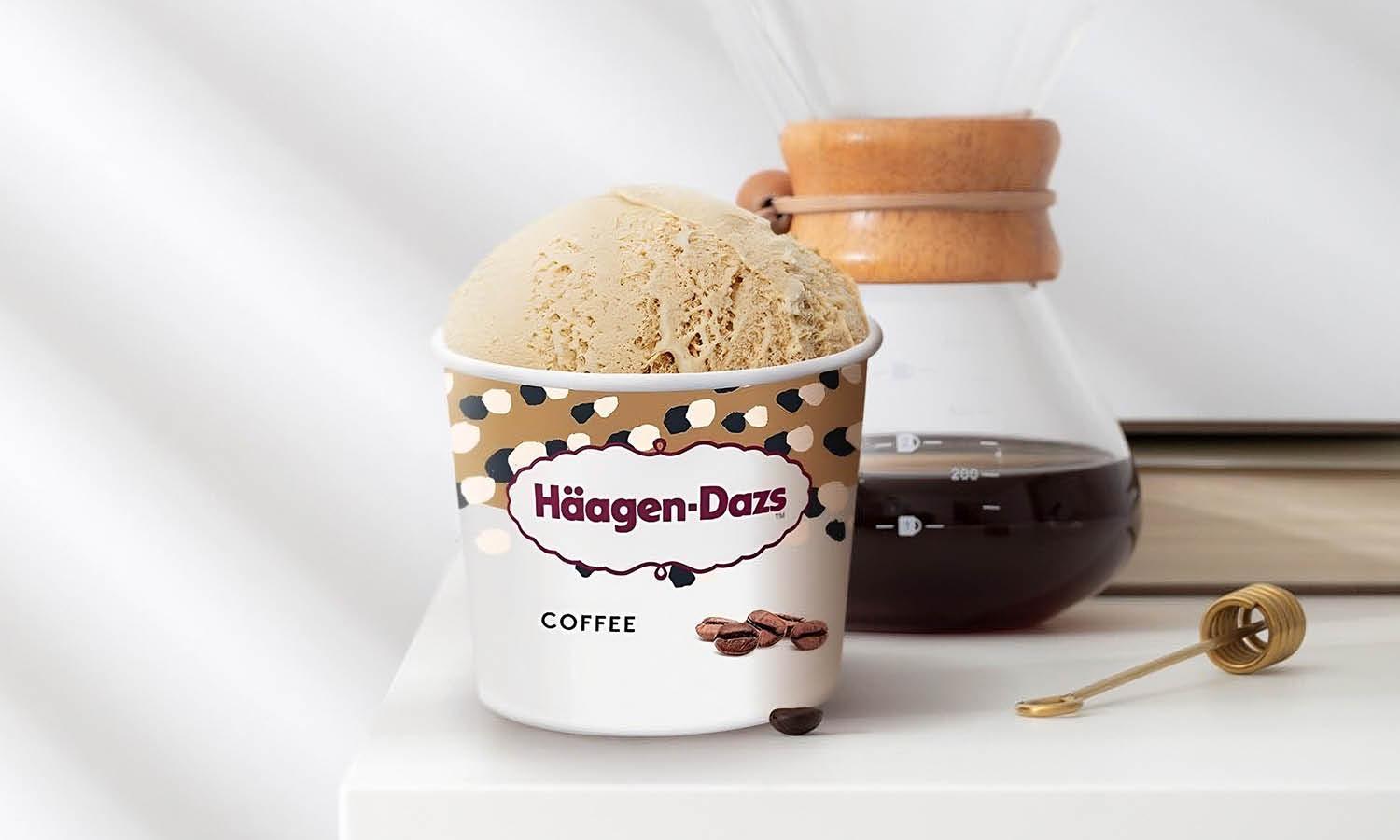
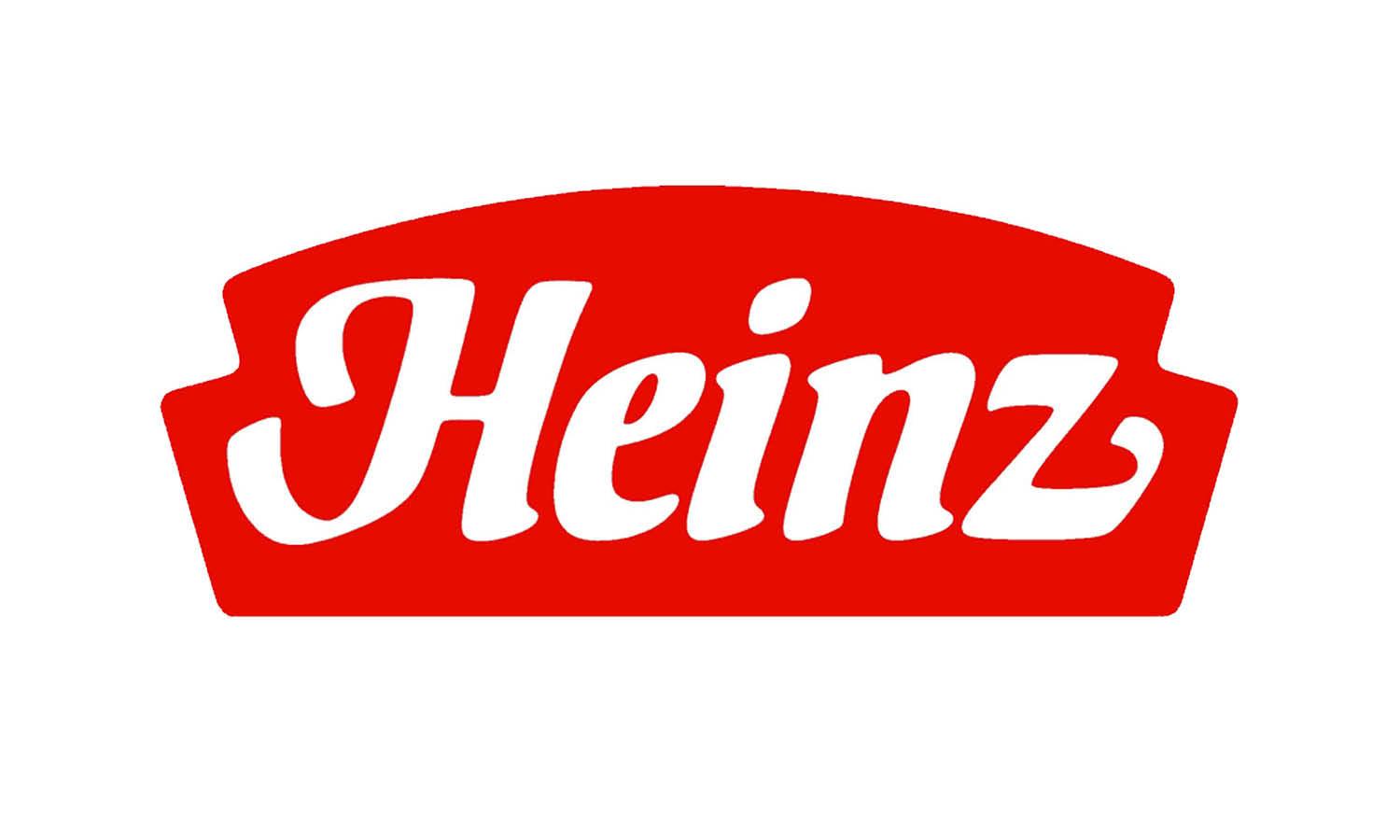
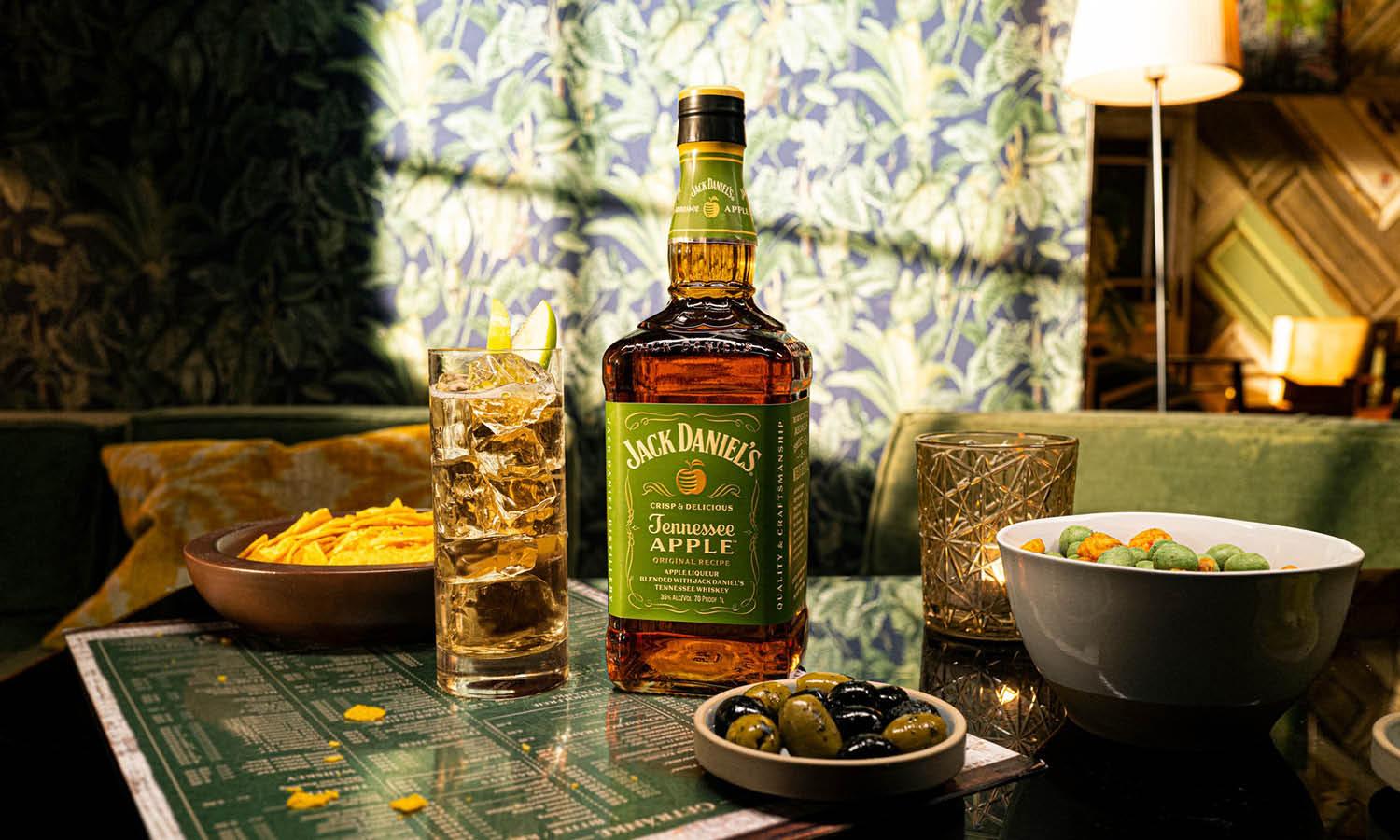
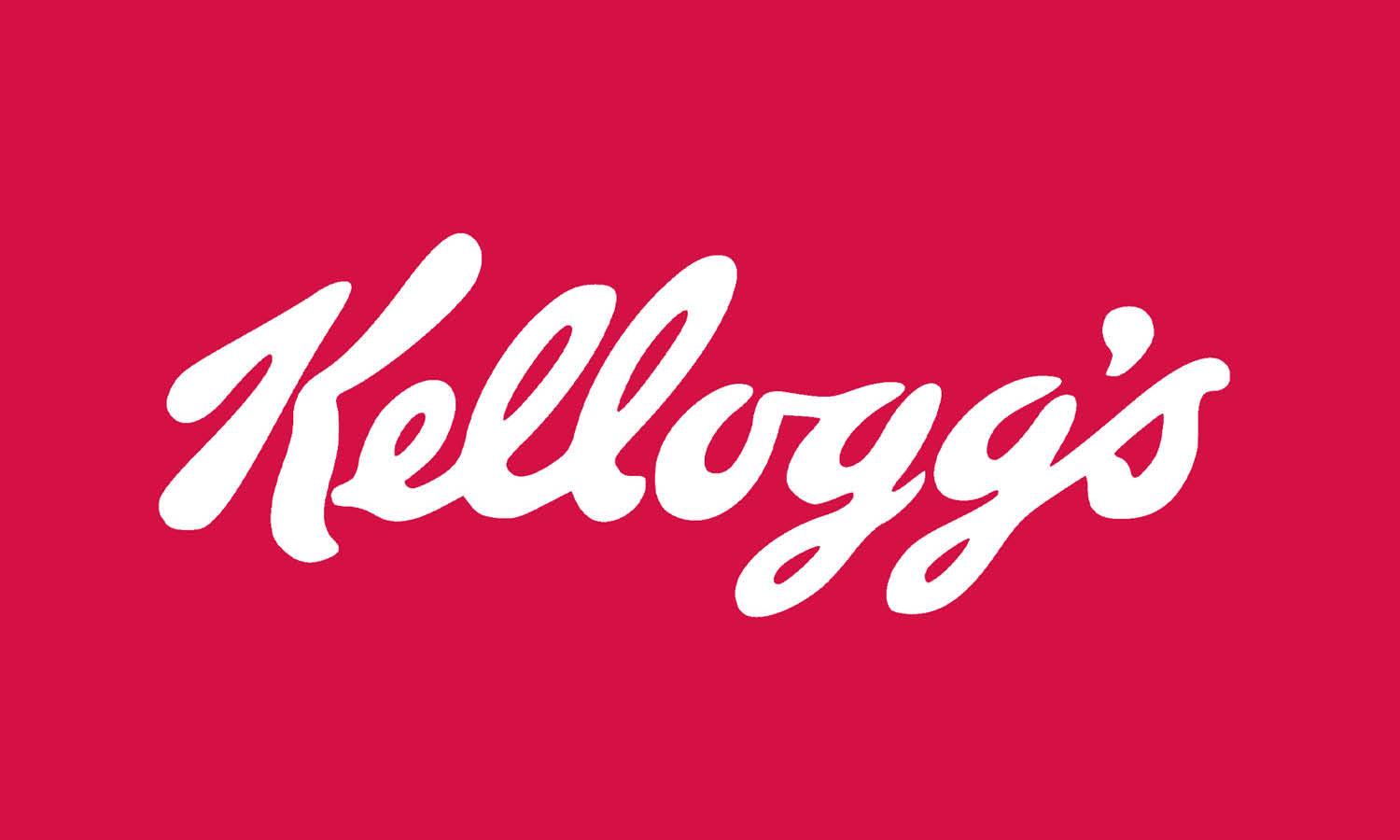
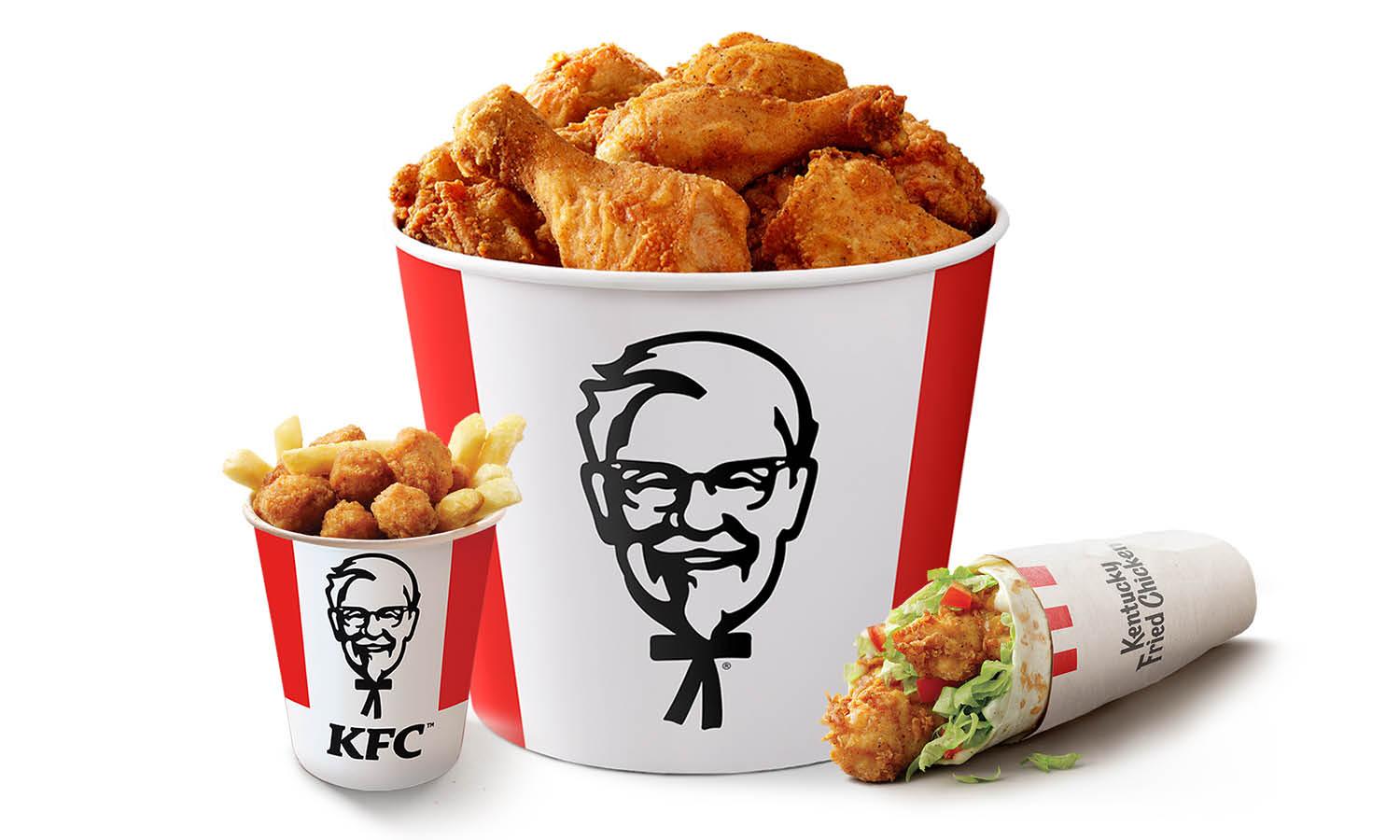
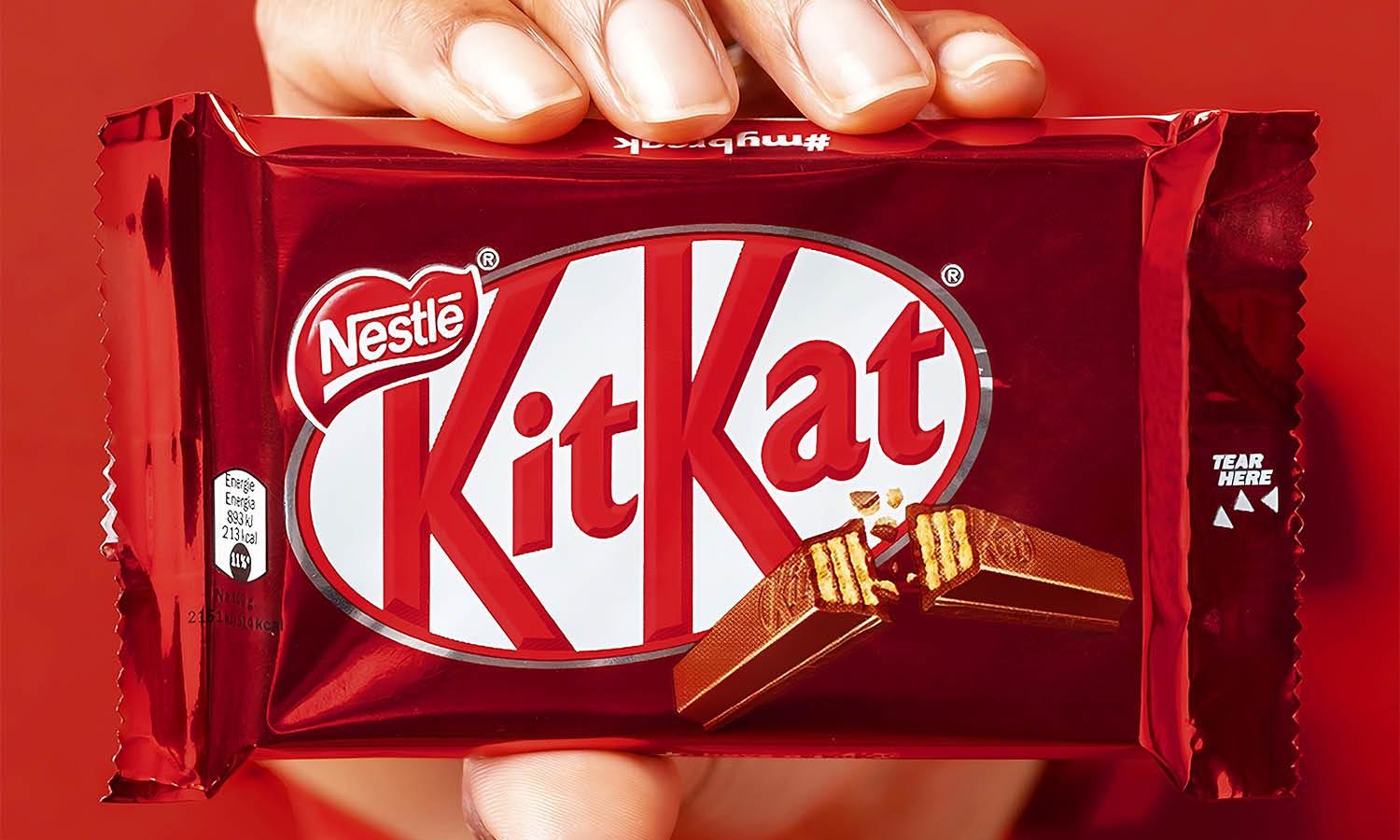








Leave a Comment